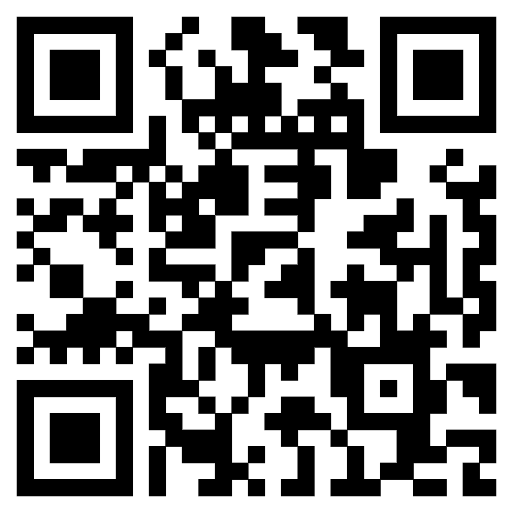Adaptogens can be used in sports to improve endurance, resilience to stress, improve recovery, and accelerate muscle growth. They may also improve concentration, speed up reaction times, and reduce fatigue. Currently, a fairly large number of drugs are taken by athletes to normalize the state of the body after stressful loads: ginseng, Rhodiola rosea, Eleutherococcus, and others. In this scientific work, the effect of royal jelly and Coenzyme Q10 on the body is considered using the example of laboratory animals. To do this, two groups of laboratory rats underwent preliminary training - they received a course in royal jelly and Coenzyme Q10. Then, together with the control group of rats, they were subjected to critical loads (forced swimming to failure), and then, according to the main indicators, the state of their organisms was compared with a group of rats that were not subjected to physical loads. Preliminary administration to rats of royal jelly of bees and coenzyme Q10 followed by "forced swimming to failure" led to the formation of an activation reaction of the body's defense systems. The best effect was observed for coenzyme Q10.
